2013 Ferrari LaFerrari at the 2013 Geneva Auto Show


- Competes with: Bugatti Veyron
- Looks like: Ferrari’s take on the Pagani Zonda
- Drivetrain: 949-hp (combined) hybrid system with 6.3-liter V-12 and electric motor; seven-speed dual-clutch automatic transmission; rear-wheel drive
- Hits dealerships: Early 2014
Witness a hybrid supercar whose name literally translates “The Ferrari.” To call it “the LaFerrari” — or, heaven forbid, “The Ferrari LaFerrari” — would be redundant. Ferrari says it’s a 2013 model, and it doesn’t arrive to the U.S. until early 2014. Its name apparently holds both singular and plural designations; multiple LaFerraris are, well, multiple LaFerrari. This is self-indulgence at its peak — an automotive Ochocinco or Metta World Peace, if you will.
More 2013 Geneva Motor Show Coverage
Strewn with mammoth air intakes and overlapping bodywork, the LaFerrari (redundancy accepted) is the same length as the Enzo it roughly succeeds. The LaFerrari is 3.3 inches longer and 2 inches wider than the brand’s current F12berlinetta flagship but more than 6 inches shorter in terms of height. The car uses Ferrari’s new HY-KERS hybrid system we learned about at the 2012 Beijing Auto Show, which couples a 120-kilowatt electric motor with a 789-horsepower, 6.3-liter V-12. Total output is 949 hp with at least 663 pounds-feet of torque to boot. And boot you it will: Ferrari says the LaFerrari hits 60 mph in less than 3 seconds. That would make it the quickest production Ferrari — excluding racecars — the brand offers. The next-quickest F12berlinetta takes about 3 seconds flat.
The screaming V-12 has the same 13.5:1 compression ratio as the F12berlinetta but redlines at 9,250 rpm, which is “a record for an engine of this displacement,” Ferrari claims. The electric motor never drives the car alone, as that would diminish the driving experience, but Ferrari says full EV operation is within HY-KERS’ wheelhouse. European driving cycles render 330 g/km of carbon dioxide emissions, which handily undercuts the Bugatti Veyron’s 539 g/km. (U.S. EPA figures are still pending, but the Veyron gets a combined city/highway 10 mpg.)
Not that you’ll care about gas mileage. The LaFerrari boasts a rear-heavy weight distribution (59% over the rear axle) and active air diffusers for high-speed stability. Brembo carbon-ceramic brakes sit behind 19-inch front and 20-inch rear wheels. As on the F12berlinetta, the front brakes are a monster 15.7 inches in diameter. The rear wheels, meanwhile, have fat, Pirelli P-Zero P345/30R20 tires; the fronts wear P265/30R19s.
Inside, the two-seat LaFerrari has a 12.3-inch reconfigurable dashboard screen. The fixed driver’s seat places the driver in a position similar to that of a Formula 1 open-wheeled racecar, Ferrari says. The Italian automaker plans to build just 499 cars worldwide. Spokesman Emanuele Quattri said a good number should make it to the U.S. since this is the brand’s top market.
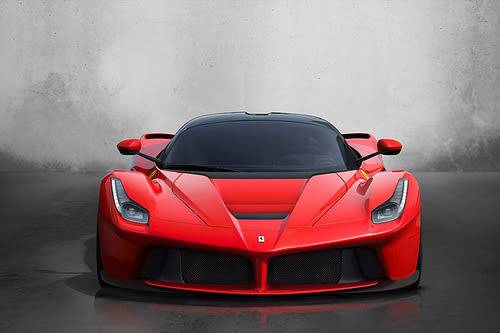
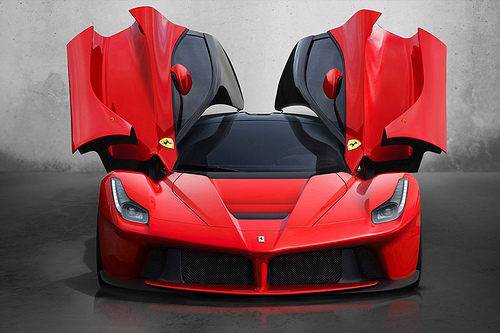
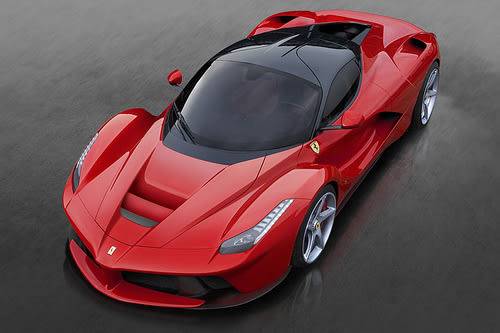
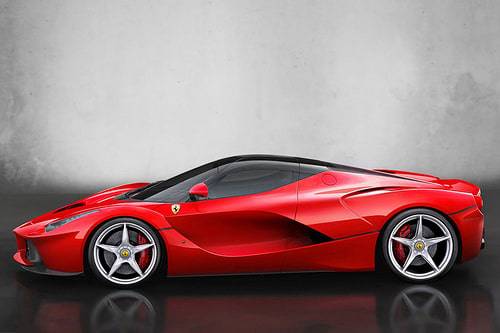
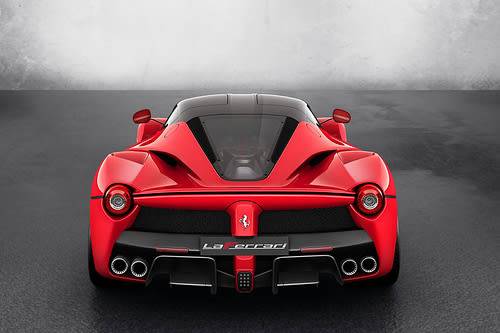

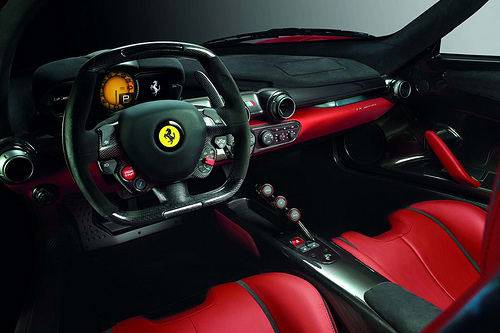
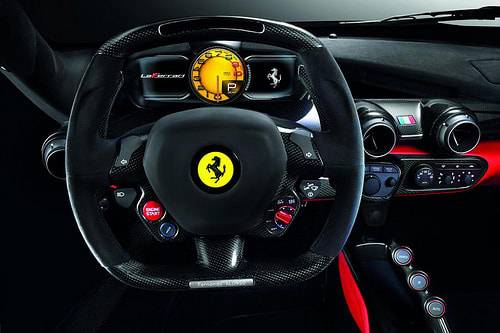
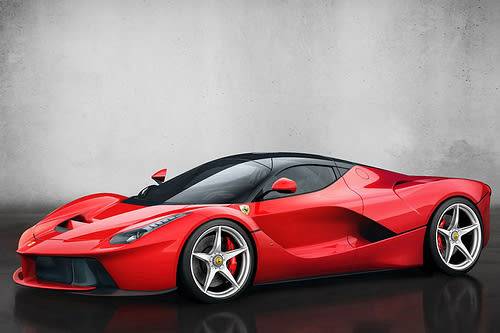

Former Assistant Managing Editor-News Kelsey Mays likes quality, reliability, safety and practicality. But he also likes a fair price.
Featured stories

15-Year Car Loans Aren’t a Thing, But Americans Are Getting More Comfortable With Long Loan Terms

2025 Kia Telluride Review: Rougher Roads Ahead



